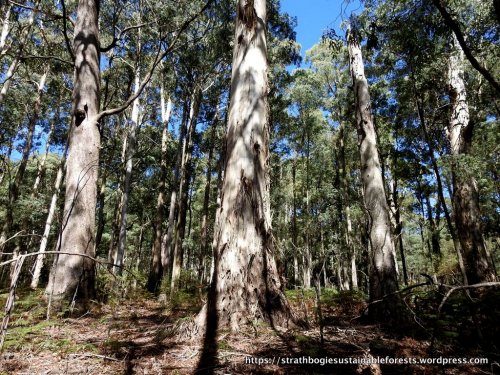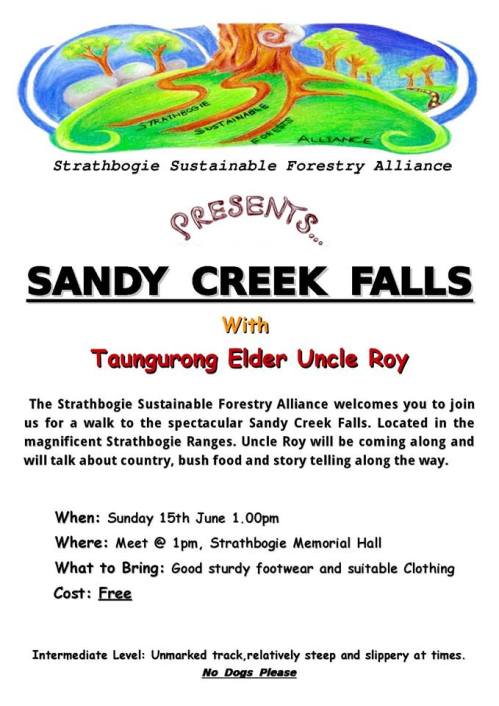There’s much discussion about how fire should be used in the Strathbogie Forest. An aim of any fuel reduction program is to create a vegetation mosaic, so that fuel loads vary and a wildfire can’t just rush through a forest unhindered. Of course, we’re talking here of ‘normal’ bushfires; no amount of fuel reduction or breaks will stop a big fire on a really, really bad day.
Planned burns to reduce forest fuel have been conducted for many decades in the Strathbogies, but have only been mapped since the 1970s (40+ years ago). We are concerned that too much planned burning is occurring in the Strathbogies and that it’s having a negative impact on significant forest assets. Our recent survey of the Tames Rd planned burn showed how ecologically devastating a ‘successful’ planned burn can be.
These maps of the main part of the Strathbogie forest show how much planned burning was done and where, in each decade since the 1970s. For reference, some other forest management assets are mapped: brown= pines, yellow = ‘reserves’, purple = Special Protection Zones (high conservation value areas), green = mapped/modeled old-growth (forest with old-growth elements eg. big trees). The darker-green background is forests that Click on an image for the slide show.
- Brown=pines, yellow = reserves, purple = Special Protection Zones, green = ‘old growth’
- Planned burns, in red, 1970-1979
- Planned burns 1970 – 1989.
- Planned burns 1970-1999.
- Planned burns 1970-2009
- Planned burns 1970-2015
Its’ interesting to see how the patchwork of planned burns increases with time. Keep in mind that lines on maps don’t tell the whole story. Important detail such as percent coverage, fire intensity, fire impact are not documented for any of these burns, so the maps are only part of the picture. Nonetheless, it’s clear that much of the forest has been burnt in the last few decades.
In the Strathbogies, long-unburnt forest and ecologically mature forest is rare and fragmented. Such forest has particular biodiversity values not present in younger forest and there are many types of plants and animals that rely on long-unburnt forest for survival.
Two things stand out from this information:
- The existing fire mosaic is a good basis from which to develop a plan for strategic burning in the future and
- The remaining areas that are long-unburnt, that contain ecologically mature forest of high conservation value, should remain unburnt.
Now look at what’s on the Fire Operations Plan for the next few seasons, including 2016. Continue reading
























